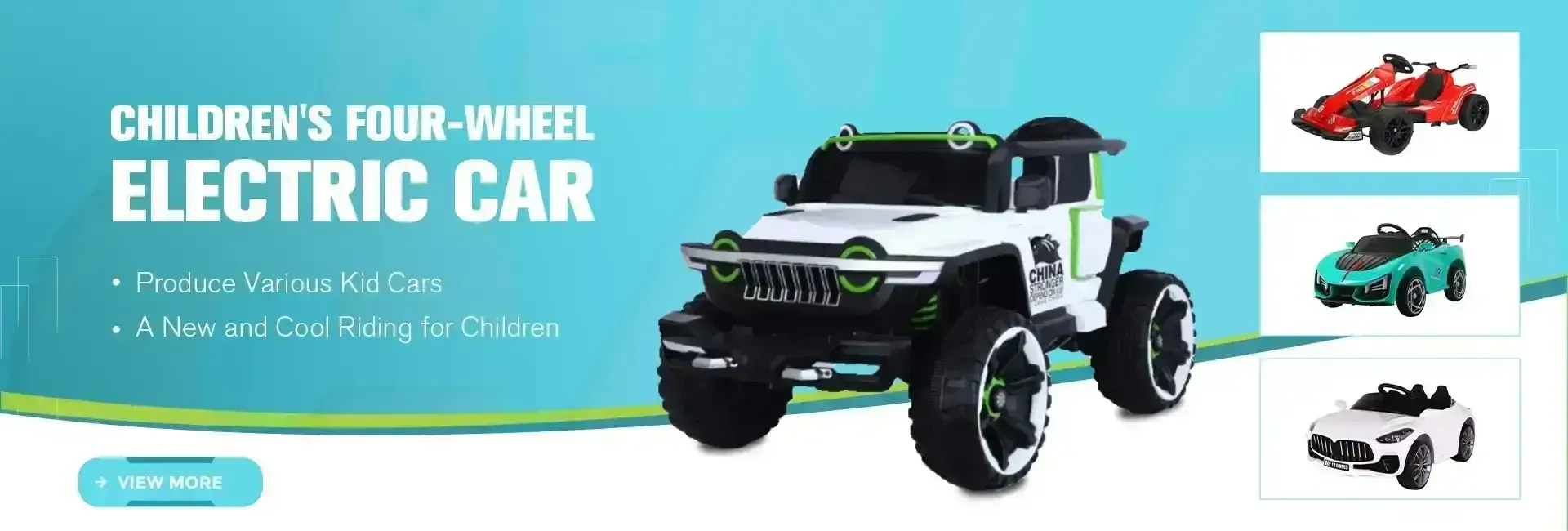
- Afrikaans
- Albanian
- Amharic
- Arabic
- Armenian
- Azerbaijani
- Basque
- Belarusian
- Bengali
- Bosnian
- Bulgarian
- Catalan
- Cebuano
- Corsican
- Croatian
- Czech
- Danish
- Dutch
- English
- Esperanto
- Estonian
- Finnish
- French
- Frisian
- Galician
- Georgian
- German
- Greek
- Gujarati
- Haitian Creole
- hausa
- hawaiian
- Hebrew
- Hindi
- Miao
- Hungarian
- Icelandic
- igbo
- Indonesian
- irish
- Italian
- Japanese
- Javanese
- Kannada
- kazakh
- Khmer
- Rwandese
- Korean
- Kurdish
- Kyrgyz
- Lao
- Latin
- Latvian
- Lithuanian
- Luxembourgish
- Macedonian
- Malgashi
- Malay
- Malayalam
- Maltese
- Maori
- Marathi
- Mongolian
- Myanmar
- Nepali
- Norwegian
- Norwegian
- Occitan
- Pashto
- Persian
- Polish
- Portuguese
- Punjabi
- Romanian
- Russian
- Samoan
- Scottish Gaelic
- Serbian
- Sesotho
- Shona
- Sindhi
- Sinhala
- Slovak
- Slovenian
- Somali
- Spanish
- Sundanese
- Swahili
- Swedish
- Tagalog
- Tajik
- Tamil
- Tatar
- Telugu
- Thai
- Turkish
- Turkmen
- Ukrainian
- Urdu
- Uighur
- Uzbek
- Vietnamese
- Welsh
- Bantu
- Yiddish
- Yoruba
- Zulu
Dec . 09, 2024 17:19 Back to list
Choosing the Best Rear Derailleur for Your Mountain Bike Performance Upgrade
Understanding the Mountain Bike Rear Derailleur Function, Types, and Maintenance
Mountain biking is an exhilarating pursuit that demands not only physical prowess but also an understanding of the bike's components to enhance performance and enjoyment. Among the many vital components of a mountain bike, the rear derailleur plays a critical role in ensuring smooth gear transitions and effective power transfer from the pedals to the wheels. This article delves into the rear derailleur's functions, types, and essential maintenance tips to keep your bike in peak condition.
What is a Rear Derailleur?
The rear derailleur is a mechanism attached to the bike's rear triangle, positioned near the wheels and the cassette of gears. Its primary function is to facilitate the shifting of the chain between different gears on the cassette. When a rider shifts gears using the shifters located on the handlebars, the rear derailleur moves the chain laterally across the cassette, engaging the selected gear.
A well-functioning rear derailleur ensures that the chain moves smoothly and easily between gears, which is crucial for maintaining momentum, especially when navigating challenging terrains. The rear derailleur's design allows for precise adjustment of chain tension, which plays a vital role in ensuring optimal performance.
Types of Rear Derailleurs
There are several types of rear derailleurs available on the market, which can be broadly categorized based on their intended use and technology. Understanding the distinctions can help riders make informed choices based on their riding style and terrain preferences.
1. Clutch Derailleurs These are commonly found on modern mountain bikes. The clutch mechanism adds tension to the chain, reducing chain slap and preventing the chain from bouncing off the sprockets during rough rides. This feature is particularly beneficial for downhill and aggressive trail riding.
2. Standard Derailleurs While less common in high-performance mountain biking, standard derailleurs are simpler in design and more affordable. They are typically lighter and effective for casual riding but may struggle with chain stability in rough conditions.
3. Electronic Derailleurs As technology advances, electronic rear derailleurs have emerged as an option for serious riders. These systems provide precise and effortless shifting, often at the push of a button. They adjust automatically to maintain chain tension and can even provide battery life indicators.
mountain bike rear derailleur

4. Mid-Mount vs. Low-Mount Rear derailleurs can be classified based on their design. Mid-mount derailleurs are generally lighter and offer quicker shifting responses, while low-mount options provide greater chain stability, ideal for rugged terrain. Choosing between them often depends on personal preference and specific riding conditions.
Maintenance Tips for Your Rear Derailleur
Proper maintenance of the rear derailleur is essential for ensuring its efficient operation and longevity. Here are some tips to keep your derailleur performing at its best
1. Regular Cleaning Dirt and debris can accumulate on the derailleur, affecting its performance. Use a soft brush or cloth to clean it regularly, especially after muddy rides.
2. Lubrication Applying a suitable lubricant to the pivot points of the derailleur can prevent wear and tear. Avoid getting lubricant on the braking surfaces of your bike.
3. Cable Tension Adjustment Over time, the cables may stretch, impacting the shifting quality. Periodically check and adjust the cable tension to ensure responsive shifting.
4. Inspect for Damage Regularly inspect the derailleur for bent components or wear. If you notice any damage, seek professional help to ensure your bike is safe to ride.
5. Keep the Chain in Good Condition A clean and well-lubricated chain reduces strain on the derailleur. Replace the chain when it shows signs of wear to maintain optimal shifting performance.
In summary, the mountain bike rear derailleur is a crucial component for effective gear shifting, allowing riders to tackle diverse terrains with ease. Understanding its functions and types can enhance the biking experience, while proper maintenance will ensure durability and performance. As riders continue to explore the great outdoors, attention to such details will undoubtedly make a significant difference on the trails.
-
The Ultimate Kids' Four-Wheeler Experience
NewsJul.09,2025
-
The Ultimate Guide to Mountain Bikes: Gear Up for Your Ride
NewsJul.09,2025
-
The New Age of Cycling: Electric Bikes for Every Rider
NewsJul.09,2025
-
The Best Kids Bicycles: Ride in Style and Safety
NewsJul.09,2025
-
The Best 3-Wheel Scooters for Kids: Fun, Safety, and Adventure
NewsJul.09,2025
-
Revolutionize Your Ride: Affordable Electric Bikes
NewsJul.09,2025
-
Finding the Perfect Mountain Bike for Every Rider
NewsJul.09,2025



